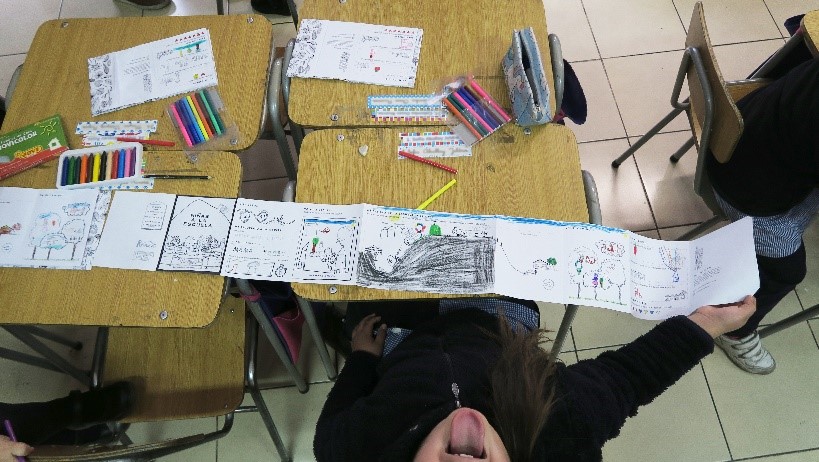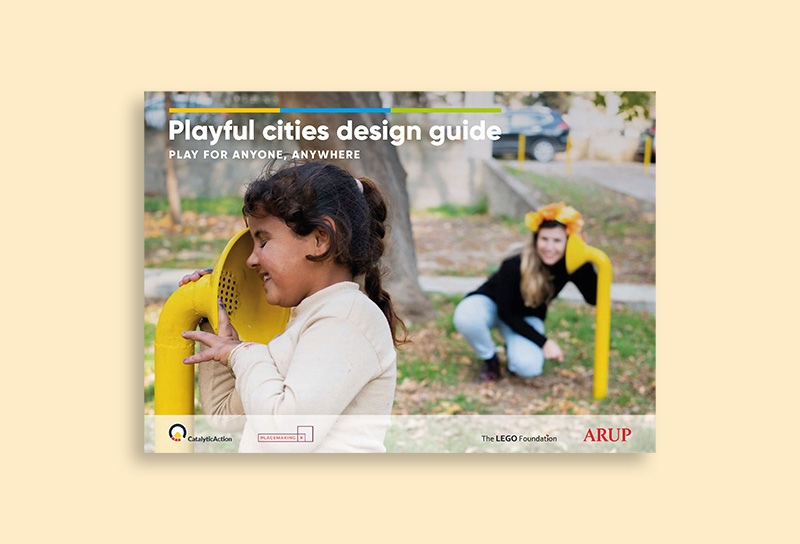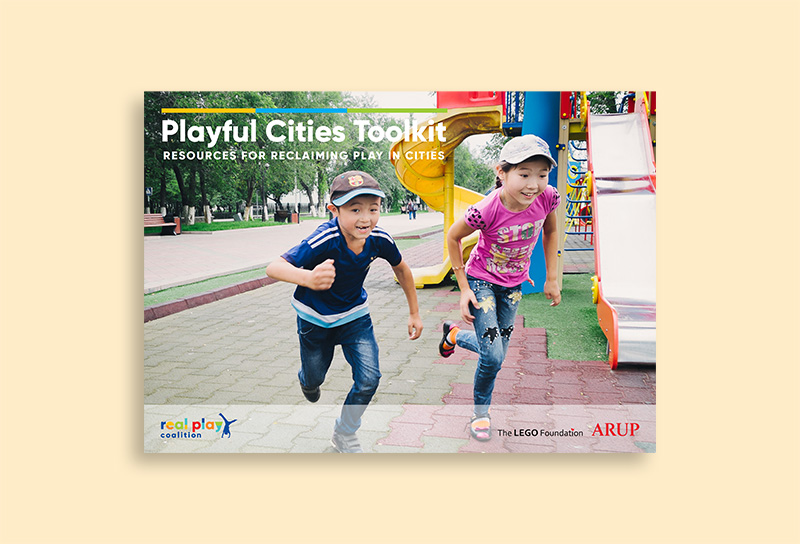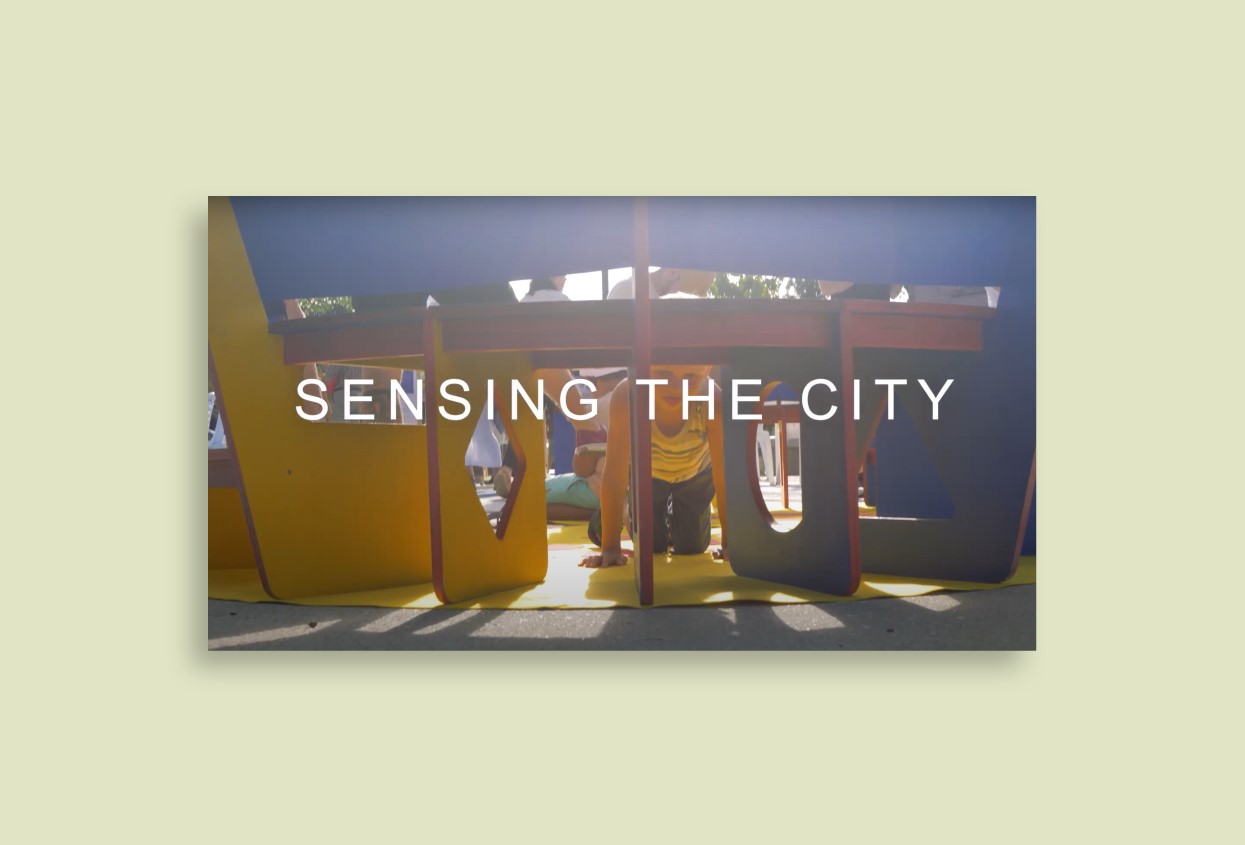
Overview
Niñas a la Escuela (Girls to School) is an initiative that aims to make girls’ points of view more visible in urban design projects related to mobility and public spaces. The approach focuses on learning about girls’ experiences of their daily journey to school and their walking routes through their neighbourhood, which is recorded in a personal notebook. The notebook is a mix between a life journal and an activity book and is used as part of a school activity that takes place over three weeks. More than 200 girls from a public primary school in the Council of Renca, Santiago, participated in the activity, sharing their different perspectives about their urban environment. Their collective vision highlighted concerns such as garbage, neglected areas, and inappropriate behaviours in public spaces, while also emphasizing the value of nature and fun places where children can play safely. The girls’ views provide new possibilities and topics that challenge the traditional ways that adults build public spaces.
Location:
Santiago, Chile
Organisation:
La Reconquista Peatonal (The Pedestrian Reconquest)
Partner organisations:
Municipality of Renca
Beneficiary:
Girls between 6 and 11 years old
Scale of proximity:
Neighbourhood
Built environment component:
Streets, Routes to school
Design insights
Spatial/physical:
The project found that the girls’ view of their urban environment was often fragmented. They tended to focus their attention on particular things; flowers, dogs and cats that are in their way, remarkable houses and buildings. With these pieces of the city and their personal imaginations, they create a world that opens endless possibilities of urban interventions that adults sometimes leave out.
Material:
Girls’ experiences are collected through a personal paper notebook divided into different sections. Firstly, they are asked to put general information and to draw themselves on their way to school. Secondly, they have to draw and describe the route. Finally, they have to reflect on and assess their neighbourhoods.
Process:
The project is implemented through three classroom session of one hour each, in which students (6-7 and 10-11 years old) fill the notebook in their different sections. The process is implemented across different weeks to give time to the girls to look closely to their neighbourhoods and re-fill the notebooks with different perceptions.
Location:
The walks are conducted on the girl’s daily walking routes to school and through their neighbourhoods.
Implementation insights
Working with children requires much more time than what we usually expect and should consider unexpected events.
Girls are not mere informants, every activity they do is also an opportunity for learning new things and empowering them in citizenship.
To better record experiences, it would be useful to audio or video record. This would providea more complete vision and detail of the conversations that happened in the classroom activity.
Lastly,asking the consent of the gilrs to participate and use their data, along with their tutor’s authorisation was fundamental, as it always is when working with children.
Links:
http://escalacomun.cl/2020/06/15/la-ciudad-desde-la-mirada-de-las-ninas/



